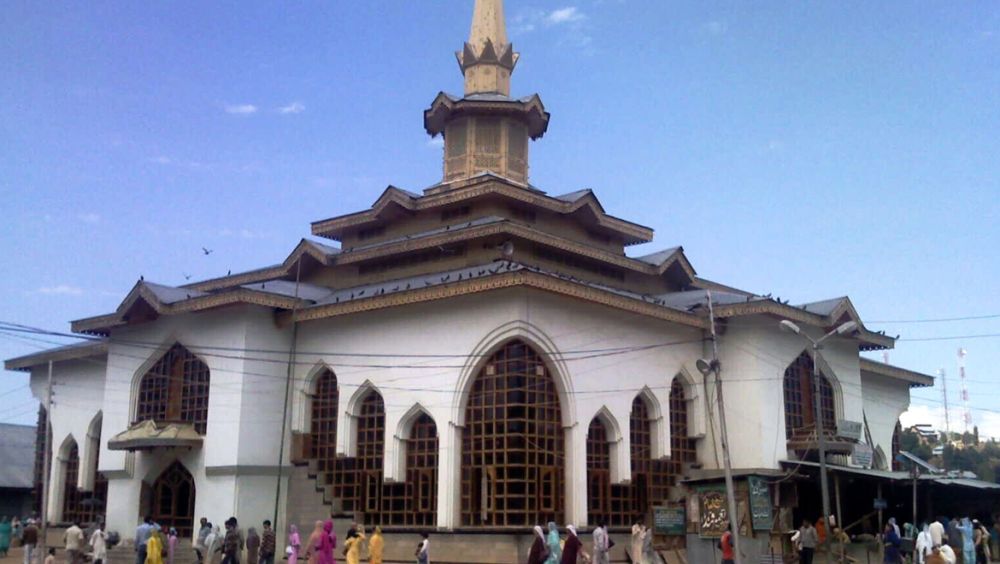

The Pakherpora Shrine, situated in the serene environs of Yusmarg, Kashmir, is a notable religious site that holds great significance among the people of the Kashmir Valley. Named after the notable saint Sheikh Noor-ud-din Noorani, also known as Sheikh-ul-Alam, the shrine has been a center of spirituality and a destination of pilgrimage for centuries.
The history of the Pakherpora Shrine can be traced back to the era of Sheikh Noor-ud-din, a revered Islamic preacher, poet, and saint who lived during the 14th century and played a pivotal role in spreading Islam in Kashmir. The site has been attributed to various miracles performed by the saint, making it a hallowed location for devotees.
Over time, the shrine became an emblem of syncretic culture and traditions, with an unwavering succession of visitors seeking blessings irrespective of their religious backgrounds. Its rich history is deeply interconnected with the cultural tapestry of Kashmir, embodying a confluence of Islamic and Hindu philosophies.
The development of tourism around the Pakherpora Shrine and in Yusmarg is relatively recent, evolving as part of the broader initiative by the government and local organizations to promote religious and leisure tourism in Kashmir. The shrine itself is a focal point for the visitors, while the lush meadows, panoramic views, and tranquil ambiance of Yusmarg complement their spiritual journey.
In recent years, the approach towards tourism in the region has emphasized on sustainable practices and eco-tourism. This reflects in the maintenance of Yusmarg and the shrine, ensuring minimal environmental impact while accommodating visitors. Additionally, the government has been proactive in developing infrastructure that facilitates tourism without compromising the natural beauty or sanctity of the place.
Adventure tourism is also on the rise, with a number of tourists coupling their pilgrimage to Pakherpora Shrine with activities such as trekking, horse riding, and skiing during winter months in the surrounding areas. These activities resonate with the youth and international tourists seeking to experience Kashmir's offerings beyond traditional sightseeing.
The local economy benefits significantly from the tourism associated with the Pakherpora Shrine and Yusmarg. However, the volatile political climate in Kashmir can occasionally pose challenges to tourism. Systems have been put in place to ensure the safety and comfort of pilgrims and tourists alike, aiming for a stable and consistent growth in the sector.
Looking ahead, there is a potential for further growth of spiritual tourism centered on the shrine, with the local government envisaging the development of better amenities and services for visitors. The future of tourism here seems directed towards creating a harmonious balance between preserving the region's pristine beauty and spiritual legacy while embracing modern tourism trends.